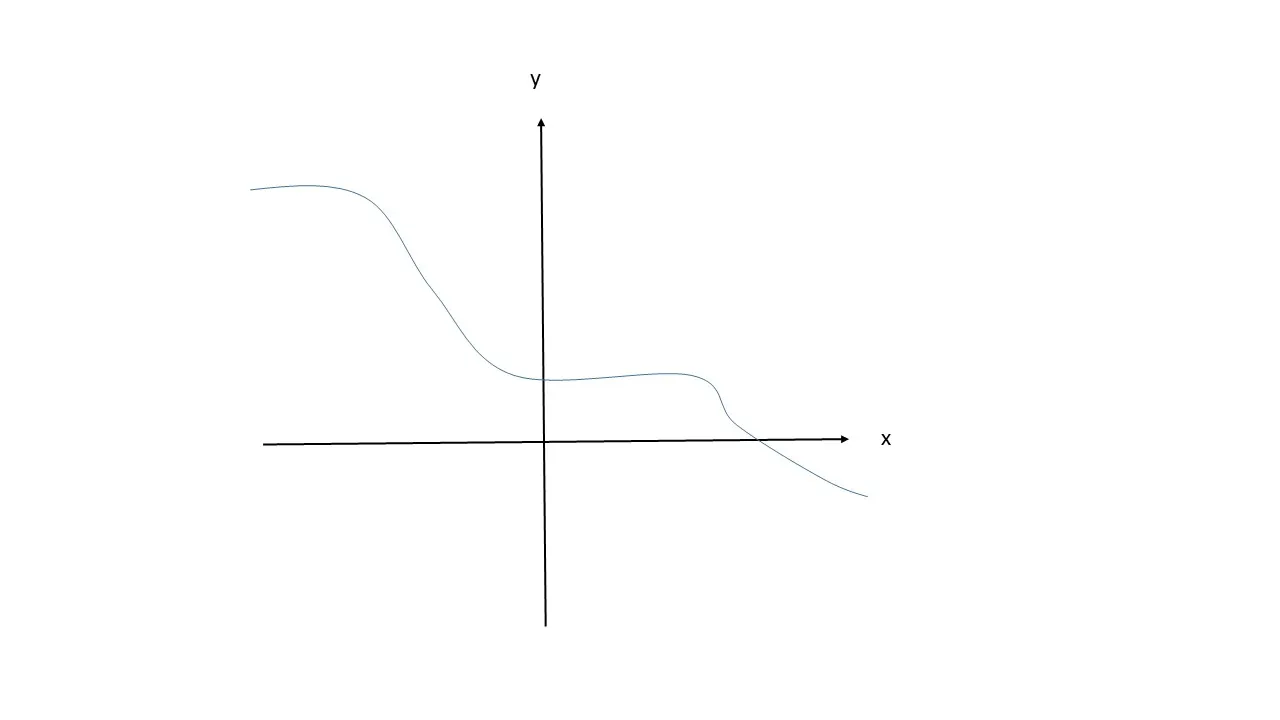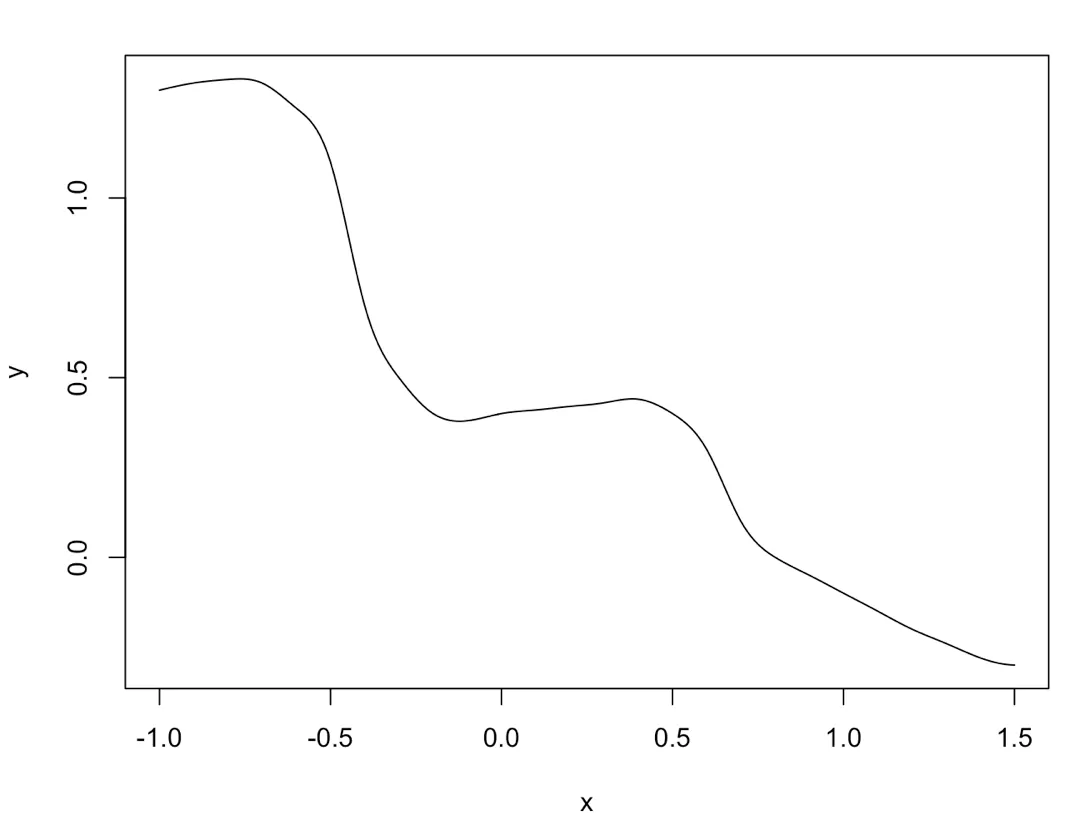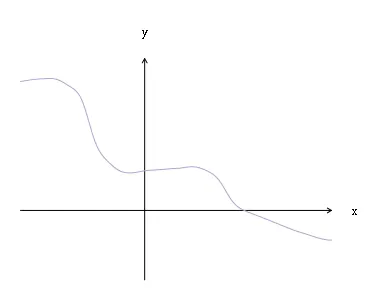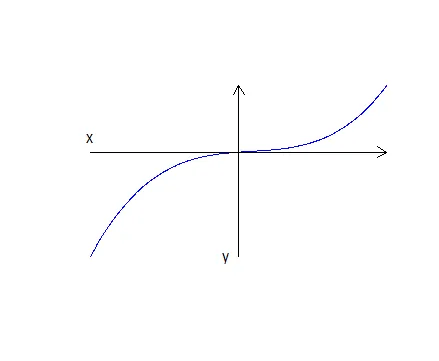默认情况下,R中的笛卡尔坐标轴位于绘图的底部和左侧。
如何将坐标轴居中,如下图所示?

示例
## using; data; generated; by; bgoldst;;
## estimate curve
x <- seq(-1,1.5,0.1);
y <- c(1.3,1.32,1.33,1.32,1.25,1.1,0.7,0.5,0.4,0.38,0.4,0.41,0.42,0.43,0.44,0.4,0.3,0.1,0,-0.05,-0.1,-0.15,-0.2,-0.24,-0.28,-0.3);
f <- splinefun(x,y);
## calculate precise points along estimated curve
x <- seq(-1,1.5,0.01);
y <- f(x);
plot(x, y, type = 'l')



plot(..., axes=FALSE)е…ій—ӯжүҖжңүиҪҙпјҢ然еҗҺдҪҝз”Ёlines()жҲ–segments()еңЁд»»дҪ•дҪҚзҪ®з»ҳеҲ¶иҮӘе·ұзҡ„зәҝжқЎпјҢд№ҹи®ёеҸҜд»ҘдҪҝз”Ёlwd=дҪҝе®ғ们жӣҙзІ—гҖӮеҰӮжһңжӮЁжҸҗдҫӣдәҶдёҖдёӘеҸҜйҮҚзҺ°зҡ„зӨәдҫӢе’ҢжӮЁжү“з®—дҪҝз”Ёзҡ„з»ҳеӣҫеҢ…пјҲеҰӮжһңдёҚжҳҜеҹәжң¬зҡ„RпјүпјҢйӮЈд№Ҳеӣһзӯ”дјҡжӣҙе®№жҳ“дәӣгҖӮ - MrFlickaxis(..., pos = 0)轻松实现。然后其他答案可以给你这个。plot(x, y, xlim = c(-1.5, 1.5), ylim = c(-2, 2), axes = FALSE, ann = FALSE, type = 'n'); axis(1L, pos = 0, lwd.ticks = 0, labels = FALSE); axis(2L, pos = 0, lwd.ticks = 0, labels = FALSE); lines(x, y, col = 4L)- rawr